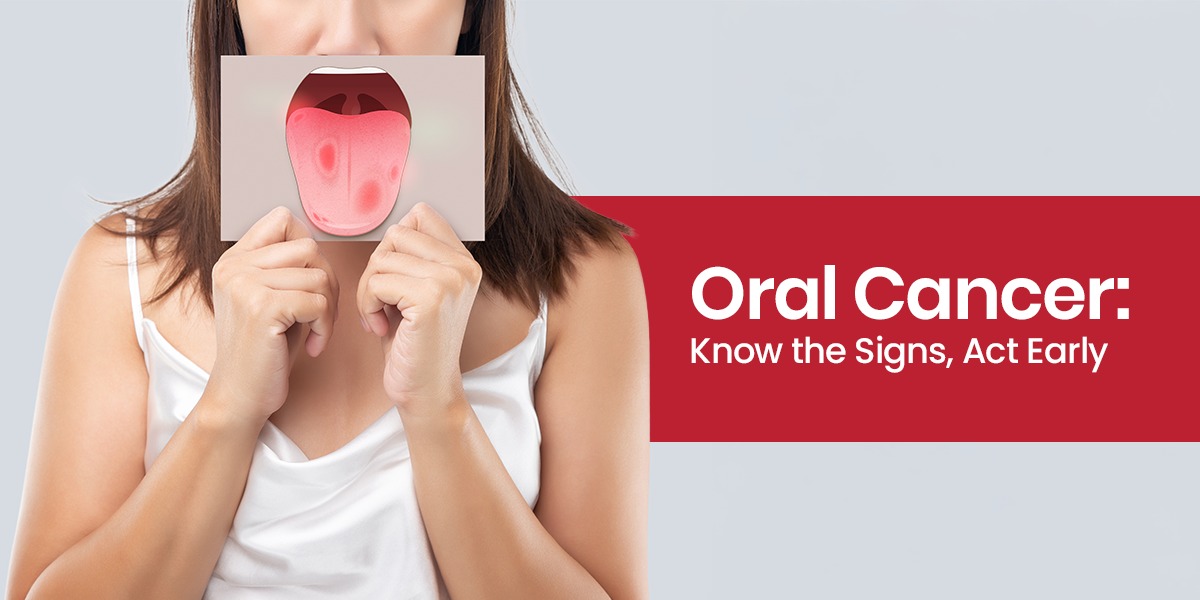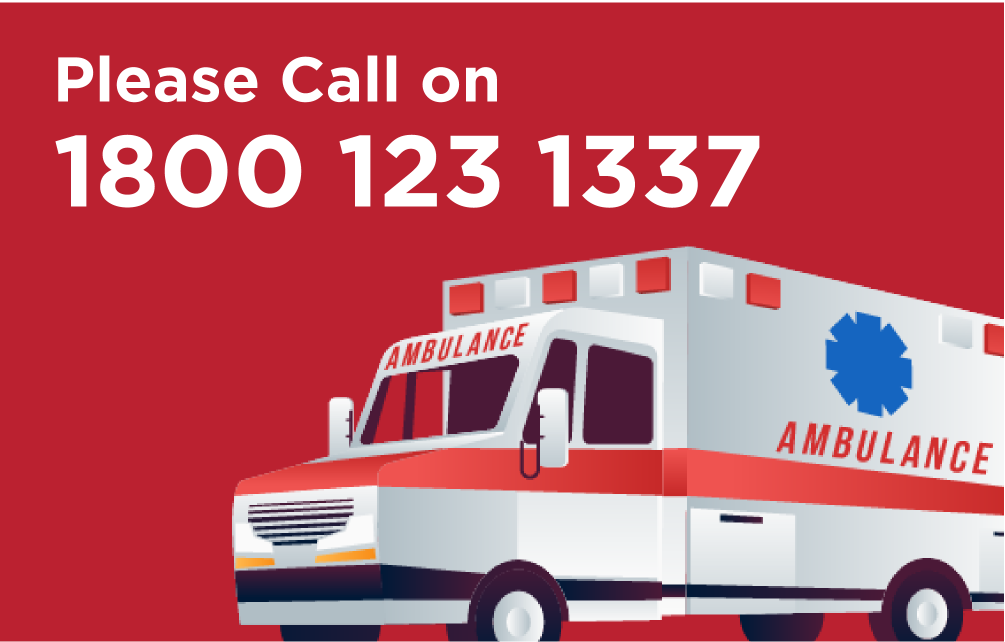Oral Cancer: Symptoms, Stages, Causes, and Treatment

Introduction
Oral cancer is one of the most common cancers that affects the mouth and its surroundings. Despite diagnosis and treatments, this remains a global health concern, especially in regions with high tobacco and alcohol consumption.
The dangerous part of oral cancer is that it often goes unnoticed in its early stages. Therefore, keeping a clear understanding of this is essential. In this post, we’ll understand what is oral cancer, its symptoms, stages, causes, and treatment options.
What is Oral Cancer?
Oral cancer happens when abnormal cells in the mouth grow uncontrollably, forming a tumor. Most oral cancers originate in thin, flat cells lining the mouth and throat. Like any other cancer, this can also spread to other parts of the body, such as lymph nodes, lungs, or bones.
Oral Cancer Symptoms
Oral cancer symptoms can vary depending on the area affected; however, the most common early signs include:
- Persistent Mouth Sores: A Mouth sore or ulcer that does not heal within two weeks.
- Red or White Patches: The Presence of white or red patches inside the mouth or on the tongue can be a sign of cancer.
- Lumps or Thickened Tissue: Any lump, thickened area, or rough spot on the lips, gums, or inner cheek may indicate abnormal cell growth.
- Pain or Difficulty Swallowing: Constant throat pain, difficulty in swallowing, or the feeling that something is caught in the throat can be warning signs.
- Changes in Voice or Speech: Changes or roughness in speech may indicate tumors affecting the vocal cords or surrounding tissues.
- Unexplained Bleeding: As cancer progresses, sudden bleeding, numbness, or loss of sensation may occur in parts of the mouth or face.
- Swelling in Jaw: A swelling or lump in the neck or jaw that causes dentures to fit poorly.
Stages of Oral Cancer
Here are the Oral cancer stages based on the size of the tumor and how far it has spread.
- Stage 0: This is the first and most treatable stage. Here, abnormal cells are present only on the outer layer of the mouth tissues.
- Stage I: Here, the tumor is less than 2 centimeters in size and has not spread to lymph nodes or other organs.
- Stage II: The tumor grows between 2 and 4 centimeters but has not yet reached the lymph nodes.
- Stage III: In this stage, the tumor is larger than 4 centimeters or has spread to one lymph node.
- Stage IV: This is the last stage where cancer has spread to deeper tissues, multiple lymph nodes, or organs like the lungs.
Treatment options for Oral Cancer
Oral cancer treatment options depend on the stage, location, and the patient’s overall health.
- Surgery: In early stages, surgical removal of the tumor can often be curative. In advanced stages, lymph nodes in the neck may need to be removed.
- Radiation Therapy: Radiation therapy uses high-energy X-rays to destroy cancer cells.
- Chemotherapy: Chemotherapy is combined with radiation therapy to enhance effectiveness. It helps to kill cancer cells or shrink tumors.
- Immunotherapy: Immunotherapy boosts the immune system, enabling it to target and destroy cancer cells.
Conclusion
Oral cancer is a serious but preventable disease. Being aware of its symptoms, early stages, and causes can make a huge difference. Thus, by staying informed about oral health, individuals can reduce the risk and prevent this disease.
If you’re looking for the best cancer hospital in Gorakhpur, visit Regency Healthcare Hospital. Our experts are here to support you with advanced treatment and personal care.
Also Read: Types of Cancer Treatments and How They Can Be Cured
Frequently Asked Questions (FAQs)
Can mouth cancer be cured?
Yes, mouth cancer can be cured, especially if it is detected and treated early. However, a complete cure depends on the stage of the cancer, its location, and the patient’s health. Stages I and II have very high chances of getting cured, whereas advanced stages III and IV can be more challenging to treat.
How does oral cancer start?
Oral cancer starts when the healthy cells in the mouth start to change, causing them to grow and divide uncontrollably. These abnormal cells form a mass of tissue known as a tumor. Eventually, the tumor gets into nearby structures and lastly spreads to other parts of the body.
What is the 3-finger test for oral cancer?
The 3-finger test is a self-check method that is used to identify early warning signs of oral cancer. Here are the steps:
- Try to insert your index, middle, and ring fingers vertically between your upper and lower front teeth.
- If all three fingers fit in comfortably, your mouth opening is considered normal.
- If these three fingers cannot fit in, it may indicate restricted mouth opening, which can be an early symptom.
Can a dentist detect oral cancer?
Yes, Dentists are trained to look for abnormal changes in the mouth. A dentist can detect early signs of oral cancer. A dentist can inspect your mouth, tongue, and throat to check for any irregularities.
What is a red flag for oral cancer?
A red flag for oral cancer is any unusual change in the mouth that doesn’t heal within two weeks. Some common changes are sore or ulcer, red or white patches, lump or rough spot, pain, numbness, or burning in the mouth or lips, or difficulty in chewing, swallowing, or moving the jaw or tongue.

 Call-an-Ambulance
Call-an-Ambulance



